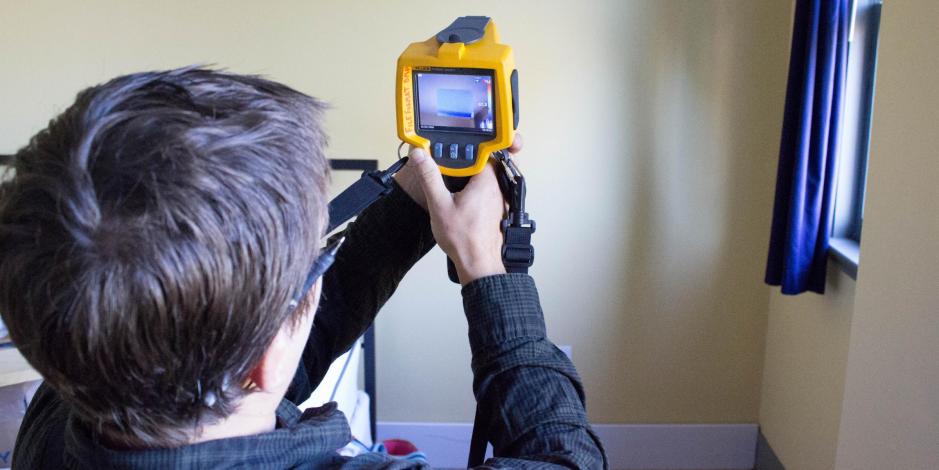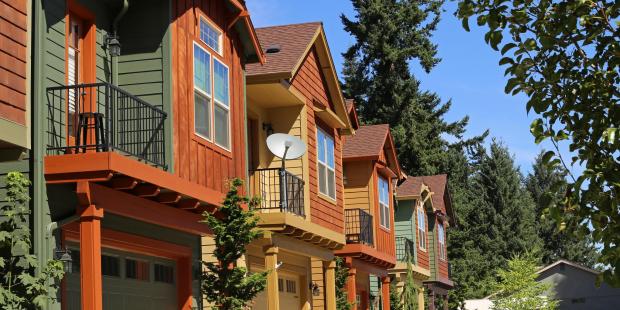
How a Thermal Imaging Camera Can Help Your New Hampshire Home
Thermal imaging, along with blower door testing, is an important quality control measure when building or renovating a home. Heat loss can account for up to 50% of total energy consumption in a building.
When it's cold out and the New England winter winds are howling, your house is losing heat because of air leakage and low or missing insulation. You shiver uncomfortably and your heating system works overtime, but you can't see what's going on in the walls and ceiling, so how can you fix it?
That's where thermal imaging comes in.
How Does Thermal Imaging Work?
All objects and living things (like people) emit infrared (IR) radiation. The amount of radiation emitted by an object increases with temperature. Thermal imaging, or thermography, produces images where warm things (like people or escaping heat) stand out against cooler backgrounds.
Our energy auditors are trained in using thermal imaging cameras to recognize thermal "signatures" that identify hidden air leakage locations and poor insulation coverage.
Thermal imaging can also be used to improve the efficiency of heating and air conditioning systems. Infrared cameras are used to identify leaky ductwork or poorly-functioning distribution systems. In some cases, thermal imaging can also be used to identify water problems in the building envelope.
When Do You Need Thermal Imaging?
Air leakage can happen at chimneys, attics and wall vents, or badly sealed door and window frames. These can be easily detected using a blower door. However, the origin of a cold draft can be remote, with the air taking a long path through hidden parts of the house.
In homes with attached garages, for example, there is often a thermal connection between the heated living space and the unheated garage. Not only can this connection result in cold drafts and heat loss, it can also bring exhaust fumes from the garage into the house.
The thermal imaging camera not only "sees" the range of temperatures in the connecting wall between the garage, it also shows the direction in which the temperature differences are radiating. In this way, it can help locate hidden sources of air leaks as well as overheated regions.
Without thermal imaging, the source of these drafts can be extremely difficult to detect and visualize.
At Yankee Thermal Imaging, all of our energy auditors use blower door testing and thermal imaging as part of an energy audit. This type of investigation of your New Hampshire home means that we can pinpoint the problem areas and recommend the best and most cost-effective solution for improving the comfort of your home.

